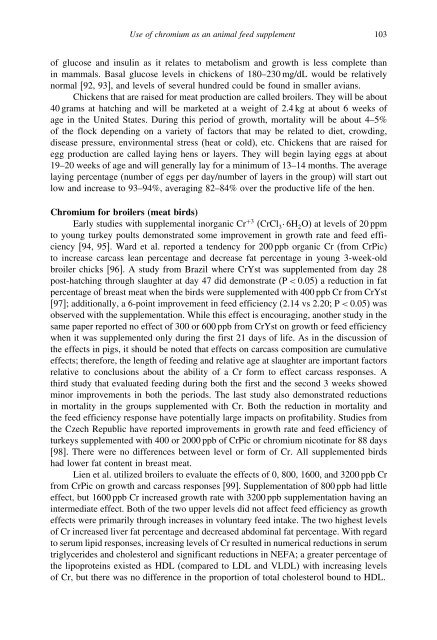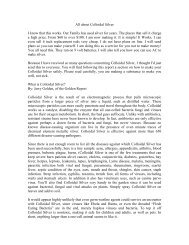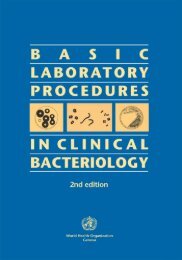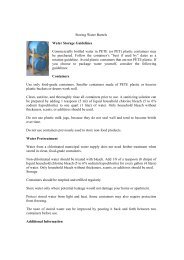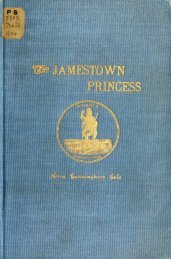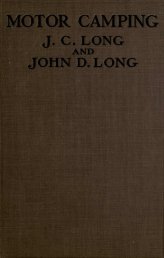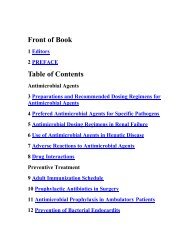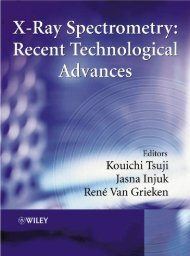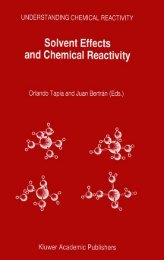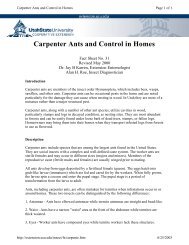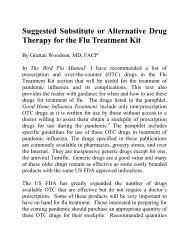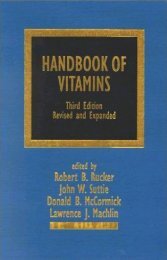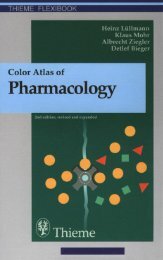The Nutritional Biochemistry of Chromium(III) - Survival-training.info
The Nutritional Biochemistry of Chromium(III) - Survival-training.info
The Nutritional Biochemistry of Chromium(III) - Survival-training.info
Create successful ePaper yourself
Turn your PDF publications into a flip-book with our unique Google optimized e-Paper software.
Use <strong>of</strong> chromium as an animal feed supplement 103<strong>of</strong> glucose and insulin as it relates to metabolism and growth is less complete thanin mammals. Basal glucose levels in chickens <strong>of</strong> 180–230 mg/dL would be relativelynormal [92, 93], and levels <strong>of</strong> several hundred could be found in smaller avians.Chickens that are raised for meat production are called broilers. <strong>The</strong>y will be about40 grams at hatching and will be marketed at a weight <strong>of</strong> 2.4 kg at about 6 weeks <strong>of</strong>age in the United States. During this period <strong>of</strong> growth, mortality will be about 4–5%<strong>of</strong> the flock depending on a variety <strong>of</strong> factors that may be related to diet, crowding,disease pressure, environmental stress (heat or cold), etc. Chickens that are raised foregg production are called laying hens or layers. <strong>The</strong>y will begin laying eggs at about19–20 weeks <strong>of</strong> age and will generally lay for a minimum <strong>of</strong> 13–14 months. <strong>The</strong> averagelaying percentage (number <strong>of</strong> eggs per day/number <strong>of</strong> layers in the group) will start outlow and increase to 93–94%, averaging 82–84% over the productive life <strong>of</strong> the hen.<strong>Chromium</strong> for broilers (meat birds)Early studies with supplemental inorganic Cr +3 (CrCl 3· 6H 2 O) at levels <strong>of</strong> 20 ppmto young turkey poults demonstrated some improvement in growth rate and feed efficiency[94, 95]. Ward et al. reported a tendency for 200 ppb organic Cr (from CrPic)to increase carcass lean percentage and decrease fat percentage in young 3-week-oldbroiler chicks [96]. A study from Brazil where CrYst was supplemented from day 28post-hatching through slaughter at day 47 did demonstrate (P < 0.05) a reduction in fatpercentage <strong>of</strong> breast meat when the birds were supplemented with 400 ppb Cr from CrYst[97]; additionally, a 6-point improvement in feed efficiency (2.14 vs 2.20; P < 0.05) wasobserved with the supplementation. While this effect is encouraging, another study in thesame paper reported no effect <strong>of</strong> 300 or 600 ppb from CrYst on growth or feed efficiencywhen it was supplemented only during the first 21 days <strong>of</strong> life. As in the discussion <strong>of</strong>the effects in pigs, it should be noted that effects on carcass composition are cumulativeeffects; therefore, the length <strong>of</strong> feeding and relative age at slaughter are important factorsrelative to conclusions about the ability <strong>of</strong> a Cr form to effect carcass responses. Athird study that evaluated feeding during both the first and the second 3 weeks showedminor improvements in both the periods. <strong>The</strong> last study also demonstrated reductionsin mortality in the groups supplemented with Cr. Both the reduction in mortality andthe feed efficiency response have potentially large impacts on pr<strong>of</strong>itability. Studies fromthe Czech Republic have reported improvements in growth rate and feed efficiency <strong>of</strong>turkeys supplemented with 400 or 2000 ppb <strong>of</strong> CrPic or chromium nicotinate for 88 days[98]. <strong>The</strong>re were no differences between level or form <strong>of</strong> Cr. All supplemented birdshad lower fat content in breast meat.Lien et al. utilized broilers to evaluate the effects <strong>of</strong> 0, 800, 1600, and 3200 ppb Crfrom CrPic on growth and carcass responses [99]. Supplementation <strong>of</strong> 800 ppb had littleeffect, but 1600 ppb Cr increased growth rate with 3200 ppb supplementation having anintermediate effect. Both <strong>of</strong> the two upper levels did not affect feed efficiency as growtheffects were primarily through increases in voluntary feed intake. <strong>The</strong> two highest levels<strong>of</strong> Cr increased liver fat percentage and decreased abdominal fat percentage. With regardto serum lipid responses, increasing levels <strong>of</strong> Cr resulted in numerical reductions in serumtriglycerides and cholesterol and significant reductions in NEFA; a greater percentage <strong>of</strong>the lipoproteins existed as HDL (compared to LDL and VLDL) with increasing levels<strong>of</strong> Cr, but there was no difference in the proportion <strong>of</strong> total cholesterol bound to HDL.


